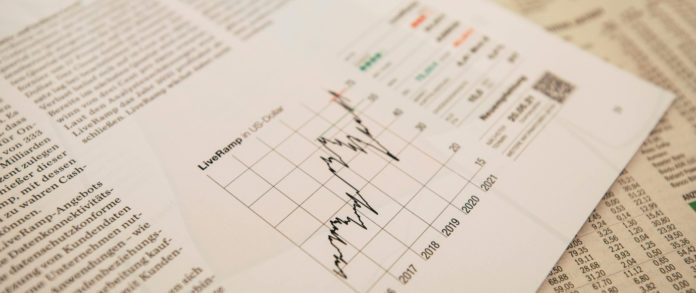Taking a scientific approach may not always seem exciting, but it is vital for businesses, and indeed all organisations including the public sector and non-profit, to be sure they are targeting their expenditure in the right way and understanding the behaviours of their customers and service users.
If you are trying to get answers to the following questions, it will immediately become clear that you need a reliable source of information:
- Where do my customers or service users come from?
- How much do they spend on average? Or, what are they looking to achieve if they are not making a purchase?
- How easy has it been for them to find what they are looking for?
- How satisfied are they with our product or service?
- Where might they go, if not to us – who are our competitors, or for non-profit, what are the consequences if they don’t engage with us, or if we don’t respond fast enough?
All of this management information helps directors and senior leadership teams to guide the trajectory of their organisation – to sail the ship on the course they want it to follow. It makes business decision-making more data-driven and less ad hoc or subjective and opinion-based.
Call and contact centre data and analytics reporting
The focus of this article, however, is understanding the implications of every interaction in your call centre or contact centre.
For contact centres specifically, Microsoft Teams data analytics and reporting help organisations to stay on top of call handling performance and help ensure business continuity – especially these days, with a remote workforce often engaged in hybrid working. It is far harder to keep track of customer or user interactions and call quality when your agents could be working from anywhere, and supervisors somewhere else again, but with today’s call centre data analytics technology, the shift manager or supervisor can literally be in the room, on every call, if needed.
How it works
Data analytics and reporting include queue and auto-attendant reporting, so there is a full understanding of queue and response times. This in turn provides data on how long callers are kept waiting, how many callers hang up, how long calls last, and if there was an unexpected problem.
All of this information then helps managers with resourcing, skills planning and trouble-shooting – they will know if they need an agent with specific knowledge of a language or subject; which times are peak and need more agents in order to not experience missed calls, and what issues are being flagged up as problems.
Users can set thresholds on certain call parameters such as cost, duration, ring time or call error code for effective troubleshooting, and intuitive dashboards provide all the insight you need with measurable statistics and goals for any activity.
The Mental Health line helps save up to £4.7m for an NHS Trust
The true value becomes apparent when illustrated with an actual example. Last year, a new phone service provided by Conversant Technology reduced the number of people needing A&E care for mental health problems by a third for the Cambridge and Peterborough Foundation Trust, easing winter pressures and saving up to £4.7m.
The statistics which came out of the data analysis which followed implementation were astonishing:
Over the period of 8 months (October 16 – May 17 2021):
- 10,000 people called and the effect on A&E admissions has been profound.
- 97% of calls to the 111 option 2 number did not need A&E
- 26% fewer people overall needed to be taken to A&E by ambulance
- 25% fewer people needed A&E for mental health problems
- 19% reduction in overall A&E mental health admissions was seen.
- There has also been a 16% reduction in the number of overdoses and estimates show the scheme could have saved the local health and care system between £2.2m and £4.7m.
This is an excellent example of how both management information and data analytics and reporting can work together – the call data will have informed the skills and resourcing levels needed for the helpline, while the management data will have shown the end results of the service.
What does call data analytics bring to the commercial sector?
In the same way as data coming from the mental health line above enable the NHS Trust to quantify its success rate against the cost it incurred in deploying it, in commerce call data and analytics also means measuring and tracking all call-related activities.
This will specifically assist with driving customer adoption through analysis of caller resolution and satisfaction; increasing agent productivity, and also assisting with supervision issues and enforcement, for all-around better contact centre performance.
This might mean understanding peak and trough times for calls for agent resourcing to ensure calls are answered and directed promptly and accurately; highlighting skills gaps via trouble-shooting analysis, and flagging up issues, for example with certain products or pricing, using keyword flagging.
To sum up, by using data analytics, ad hoc or intuitive decisions which may be wrong can be avoided, while it also helps ensure business continuity with a remote workforce often engaged in hybrid working practices.
There are many data analytics tools available, most of which now operate as SaaS or ‘software as a service and are billed on a subscription basis. For call centre or contact centre data analytics, Conversant Technology offers an excellent solution for hybrid working.



































